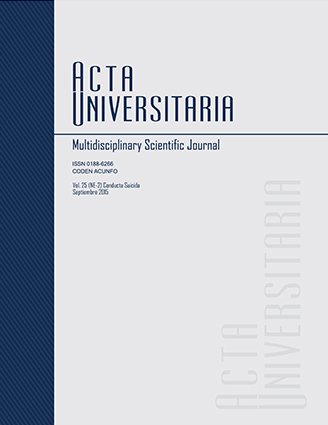The psychopathology after a suicide attempt in adolescents and their defense or adaptation mechanisms
Published 2015-09-10
Keywords
- Adolescents,
- suicide attempt,
- psychopathology,
- defense mechanisms.
- Adolescentes,
- intento suicida,
- psicopatología,
- mecanismos de defensa.
How to Cite
Abstract
This work aims to identify the conduct alterations of the cognitive, emotional or behavioral (psychopathology) that are used as adaptive and defensive resources towards the environment. As well to determine the conditions that prevail in the interaction with their close environments: family and school, in adolescents after a suicide attempt. Data collection was through a questionnaire that includes Lickert scales. Results reveal high scores within the population of the study. Mainly reaching the highest percentages in the period of one to three years. Others in periods closer to the attempt from four months to a year, and with similar percentages between four months and three years after the suicide attempt, which discloses their persistence and frequent use. Family dynamics seem stagnant and static. Apparently, they have not experienced important or permanent changes regardless that the suicide attempt of the teenager happened. The preventive actions besides considering the adolescent must include the family given the importance of the role they play in the adolescents’ problems and the fact that they can obstruct the normal development of the teenager.

